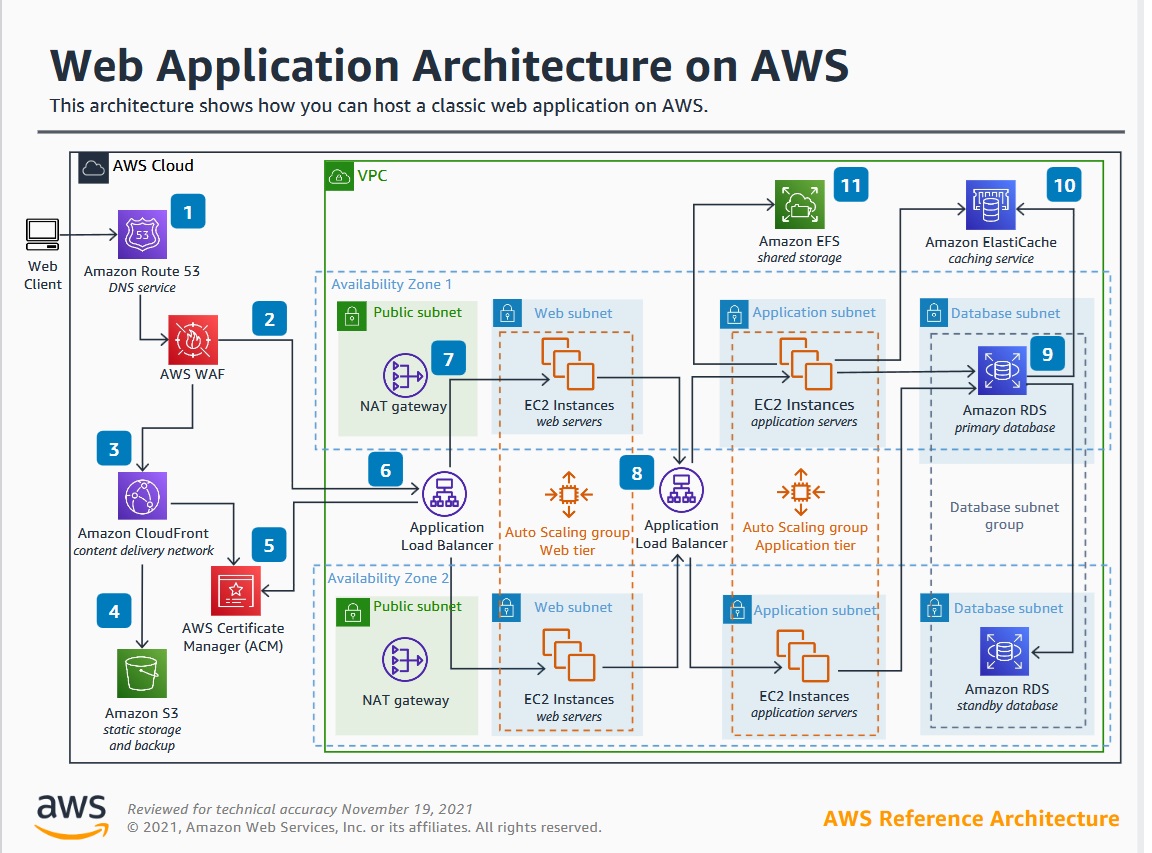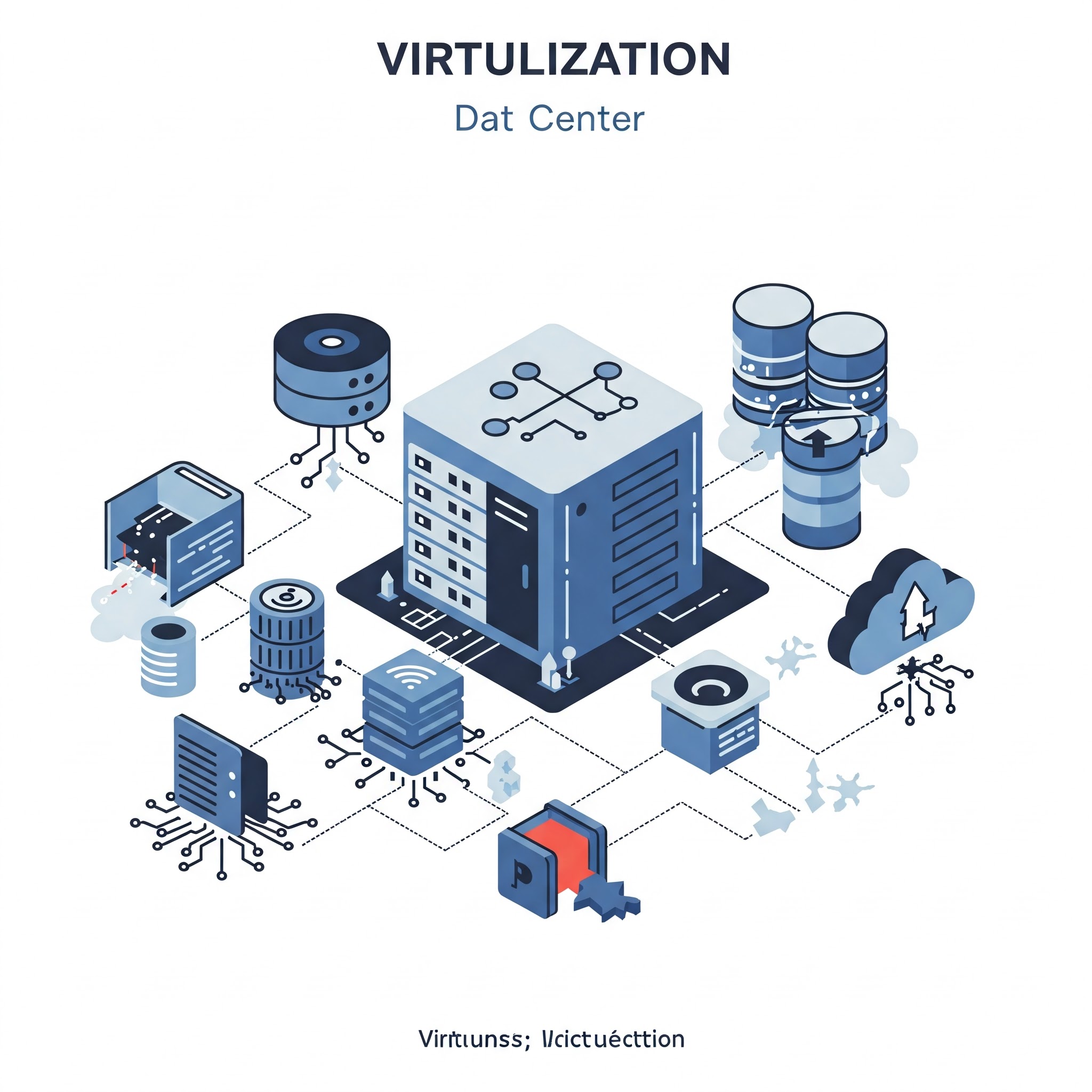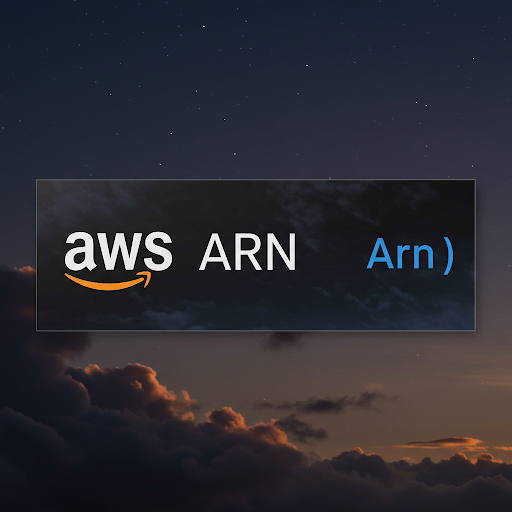
A Deep Dive into AWS Web Application Architecture: Components, Use Cases & How It All Works
Imagine you're launching a new web application—maybe an e-commerce store, a SaaS product, or even a content-heavy website. You need it to be fast, scalable, and secure. But managing infrastructure is a nightmare, right?
This is where AWS Web Application Architecture comes in. AWS offers a powerful, fully managed, and scalable environment to host web applications without worrying about servers, storage, or security threats.
In this blog, we’ll break down each component of AWS Web Architecture in simple terms—what it does, why it's important, and how data flows through the system.
Breaking Down the AWS Web Application Architecture
Let’s visualize this:
You open your favorite e-commerce website. You type the URL, browse products, and add a few to your cart. Behind the scenes, AWS services are working together to route your request, load content fast, process orders, and secure transactions.
1. Amazon Route 53 – The Traffic Director
Think of Amazon Route 53 as a traffic cop. It ensures that when you type a website URL, your request goes to the right AWS server.
Use Case: Directs users to the right AWS resources based on the request type.
2. Amazon CloudFront – The Speed Booster
Ever noticed how some websites load instantly? That’s thanks to CDNs (Content Delivery Networks) like Amazon CloudFront. Instead of fetching every image and video from a central server, CloudFront caches them in multiple locations worldwide—so your content loads in milliseconds.
Use Case: Reduces page load time by delivering static content (images, CSS, JavaScript) from the nearest edge location.
3. Amazon S3 – The Digital Warehouse
Web apps need storage for images, videos, and backups. Amazon S3 (Simple Storage Service) is like a massive, secure warehouse that keeps everything organized and instantly accessible.
Use Case: Stores static content (CSS, JavaScript, images) and backups.
4. AWS Certificate Manager (ACM) – The Security Guard
Nobody likes seeing a "Not Secure" warning in their browser. AWS Certificate Manager (ACM) provides free SSL certificates to encrypt your data and keep hackers away.
Use Case: Automatically manages SSL certificates, ensuring secure HTTPS connections.
5. Application Load Balancer (ALB) – The Traffic Distributor
If a website suddenly gets thousands of visitors, how does it avoid crashing? That’s where AWS Application Load Balancer comes in—it spreads the load across multiple web servers so no single server gets overwhelmed.
Use Case: Balances incoming requests between multiple web servers.
6. Auto Scaling – The Elastic Workforce
Picture this: Your website normally gets 1,000 visitors daily, but on Black Friday, that jumps to 100,000! Instead of crashing, Auto Scaling automatically spins up more servers only when needed—and scales them down later to save costs.
Use Case: Automatically adjusts the number of EC2 instances based on traffic.
7. Internal Load Balancer – The Backend Organizer
Once traffic reaches your web servers, another load balancer (Internal ALB) sends requests to the right backend application servers.
Use Case: Distributes requests between backend app servers.
8. Amazon RDS – The Brain of Your App
Every app needs a database to store user accounts, orders, and transactions. Amazon RDS (Relational Database Service) runs databases like MySQL, PostgreSQL, and Aurora without you having to manage them manually.
Use Case: Provides a fully managed, scalable relational database.
9. Amazon ElastiCache – The Memory Booster
If users repeatedly search for “iPhone 15 Pro” on an e-commerce website, why should the app fetch results from the database every time? Amazon ElastiCache stores frequently accessed data in memory, making queries lightning fast.
Use Case: Speeds up database queries using caching (Redis or Memcached).
10. Amazon EFS – The Shared File Storage
If multiple servers need access to the same files, Amazon EFS (Elastic File System) acts like a shared drive, making it easy to sync and store files.
Use Case: Allows multiple EC2 instances to share and access the same files.
11. AWS WAF – The Security Bouncer
Just like a bouncer at a club, AWS WAF (Web Application Firewall) blocks suspicious visitors, stopping DDoS attacks, SQL injections, and bot traffic before they reach your app.
Use Case: Protects web apps from common security threats.
12. NAT Gateway – The Silent Helper
Some backend servers need internet access to fetch updates—but you don’t want them publicly exposed. NAT Gateway lets them access the internet securely without making them visible.
Use Case: Allows private EC2 instances to access the internet securely.
How Everything Works Together (Network Flow)
A user visits your website.
Route 53 directs them to AWS infrastructure.
CloudFront serves static content (images, CSS, JavaScript).
ALB routes requests to the appropriate web server.
Web servers process requests and interact with:
Amazon RDS for database queries.
ElastiCache for fast-loading content.
EFS for shared files.
Response is sent back to the user.
AWS WAF monitors traffic to block threats.
Everything happens in milliseconds, ensuring fast, secure, and scalable web experiences.
Why Use AWS for Web Applications?
✅ Scalability: Handles any traffic spike automatically.
✅ Security: Built-in protection with AWS WAF, ACM, and IAM.
✅ Speed: Optimized with CloudFront, ElastiCache, and Auto Scaling.
✅ Cost-Efficiency: Pay only for what you use.
✅ High Availability: Multi-AZ databases, failover mechanisms, and backups.
Related Articales
Why Rockstar Games Delays GTA 6 Trailers: A Marketing Strategy Breakdown
Apr 1, 2025.23Getting Started with ArcGIS JavaScript API: A Guide for Developers
Apr 1, 2025.23Object Destructuring in JavaScript: A Simple Guide for Developers
Apr 1, 2025.23Difference Between TypeScript and JavaScript: Which One Should You Choose?
Apr 1, 2025.23




